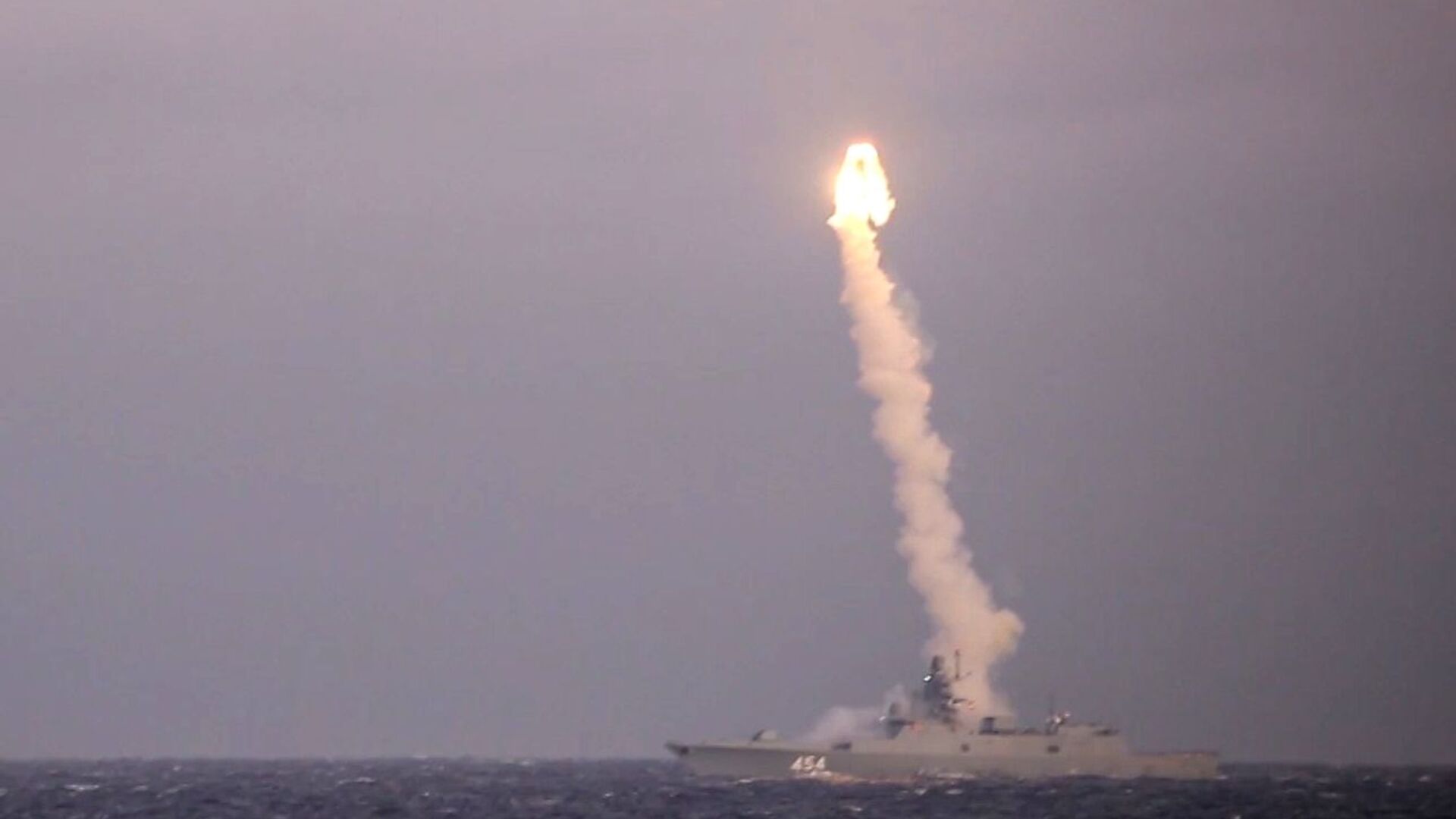Vladimir Putin Sent A Frigate With The Country Newest Hypersonic Zircon Missile To Show Strength
As tensions with the West grow over the situation in Ukraine, Russian President Vladimir Putin sent a frigate with the country newest hypersonic Zircon missile on a transoceanic cruise on Wednesday as a show of strength.
Author:Hajra ShannonReviewer:Paula M. GrahamJan 05, 2023192 Shares64K Views

As tensions with the West grow over the situation in Ukraine, Russian President Vladimir Putin sent a frigate with the country newest hypersonic Zircon missileon a transoceanic cruise on Wednesday as a show of strength.
Russia says that the Zircon missile can get around any Western air defense because it can travel at an amazing 7,000 mph.
The Russian Navy's Greatest Pride
Admiral Gorshkov, the first ship in a new class of frigates meant to replace old destroyers made in the Soviet Union, was put into service by the Russian navy in 2018 after going through a lot of tests.
The ship, which is 427 feet long and has a crew of roughly 200, is equipped with a variety of missiles.
In 2019, it traveled 35,000 nautical miles around the world's oceans.
Arduous Tests
The Zircon is the most recent Russian hypersonic missile. Admiral Gorshkov was the main ship used to test it.
The zircon has recently gone through a number of tests, including being fired at various practice targets. The military thought that the tests went well, so Zircon was put into service for real in November of last year.
Zircon might be deployed against both enemy ships and land targets and is intended to arm Russian cruisers, frigates, and submarines. This hypersonic missile is one of many that Russia has created.
The New Weapon
Putin has said that the zircon is a powerful weapon that can get past any anti-missile defenses because it can travel nine times faster than sound for more than 620 miles.
Putin has said that the zircon gives the Russian military long-range conventional strike capabilities that let it hit any enemy target with precision.
While the US was working on its conventional "prompt global strike" capability, which aims to be able to hit an enemy's strategic targets with precision-guided conventional weapons anywhere in the world within an hour, Russia was making progress on its hypersonic weapons.
Putin praised the zircon as Russia's answer, saying that it has no competitors and gives Russia a tactical advantage.
Putin warned for months before he ordered the invasion of Ukraine that if Russian warships with the Zircon were in neutral waters, they could hit the enemy's "decision-making centers" in minutes.
Putin praised the zircon again as a "unique weapon" that has no "equivalent in any country in the world" when he spoke via video link at the farewell ceremony on Wednesday.
The Pentagon responded by saying it was keeping an eye on the ship and did not believe it posed an insurmountable threat.

Putin Deploys New Zircon Hypersonic Cruise Missiles To Atlantic
Russian Hypersonic Weaponry
As part of its strategic nuclear triad, Russia has already ordered Avangard hypersonic glide vehicles for some of its ground-based intercontinental ballistic missiles. Putin has praised the Avangard's ability to get past air defenses while moving toward its target at hypersonic speeds.
During the conflict in Ukraine, the Russian military also equipped its MiG-31 aircraft with Kinzhal hypersonic missiles and used them to attack a few important sites. According to reports, Kinzhal has a 930-mile range.
Patrol Work
Sergei Shoigu, the Russian defense minister, told Vladimir Putin on Wednesday that Admiral Gorshkov would be sailing through the Mediterranean, Atlantic, and Indian oceans.
Some military experts say that the large naval forces of the United States and its allies are too strong to be stopped by a single battleship with hypersonic missiles.
Others, though, pointed out that Putin's plan to make the situation in Ukraine worse may have something to do with the frigate's possible deployment so close to American shores.
Sergei Markov, a political analyst who supports the Kremlin, said in a statement, "This is a warning to the West that Russia has nuclear-tipped missiles that can easily get through any missile defenses."
Because of their maneuverability, hypersonic weapons are much more difficult to target than intercontinental ballistic missiles.
According to the U.S. Congressional Research Service, a number of nations besides Russia, the United States, and China are working on hypersonic weapons, including Australia, France, Germany, South Korea, North Korea, and Japan.

Hajra Shannon
Author

Paula M. Graham
Reviewer
Latest Articles
Popular Articles